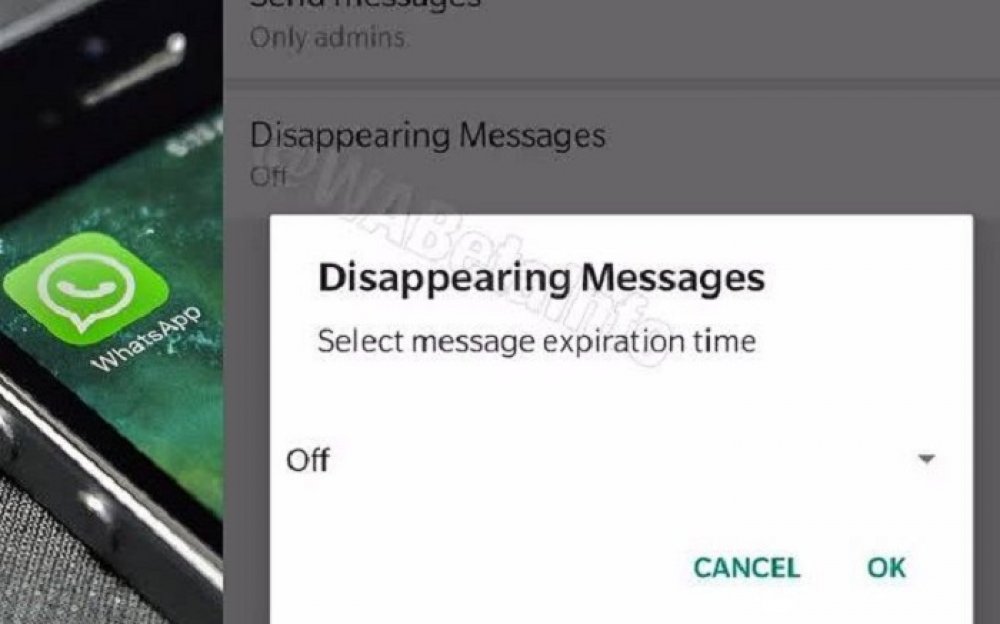Other Pages
- Opinion Poll
- About Us
- Send Your Story
- Contact Us
- Newsletter
- Privacy Policy
- Terms and Conditions

Popular messaging app, Whatsapp has revealed it is launching a feature that allows users to send self-destructing messages that vanish after seven days.
AllNews recalls that WABetaInfo had last year teased users with the feature in November last year and now WhatsApp has confirmed it in a new FAQ.
WhatsApp explained: “You can send messages that disappear on WhatsApp by enabling disappearing messages.
“Once enabled, new messages sent in the individual or group chat will disappear after seven days. The most recent selection controls all messages in the chat. This setting won’t affect messages you previously sent or received in the chat.
“In an individual chat, either user can turn disappearing messages on or off. In a group chat, only group admins can turn disappearing messages on or off.”
READ MORE: Facebook Test runs Dark Mode, Online Shopping Feature, Others Underway
Firstly, if a user doesn’t open WhatsApp for the seven days the message is visible, it will be deleted, although a preview of its contents may still be visible in that user’s notifications.
Meanwhile, if you reply to a disappearing message, the original message will be quoted and might not disappear after seven days.
Finally, any backups will include disappearing messages that haven’t expired yet.
For now, it is not known when the disappearing messages feature will be rolled out to users.
How to enable disappearing messages
1. Open the WhatsApp chat.
2. Tap the contact’s name.
3. Tap Disappearing Messages.
4. If prompted, tap Continue.
5. Select On.
0 Comment(s)